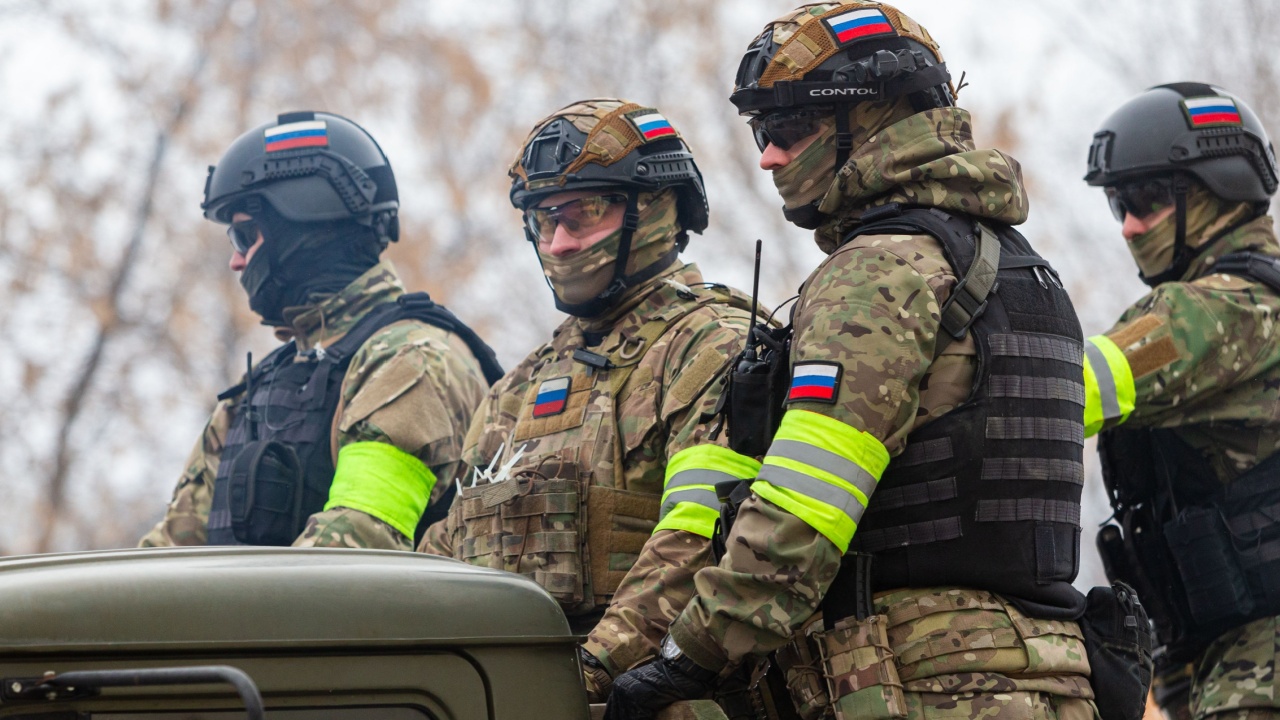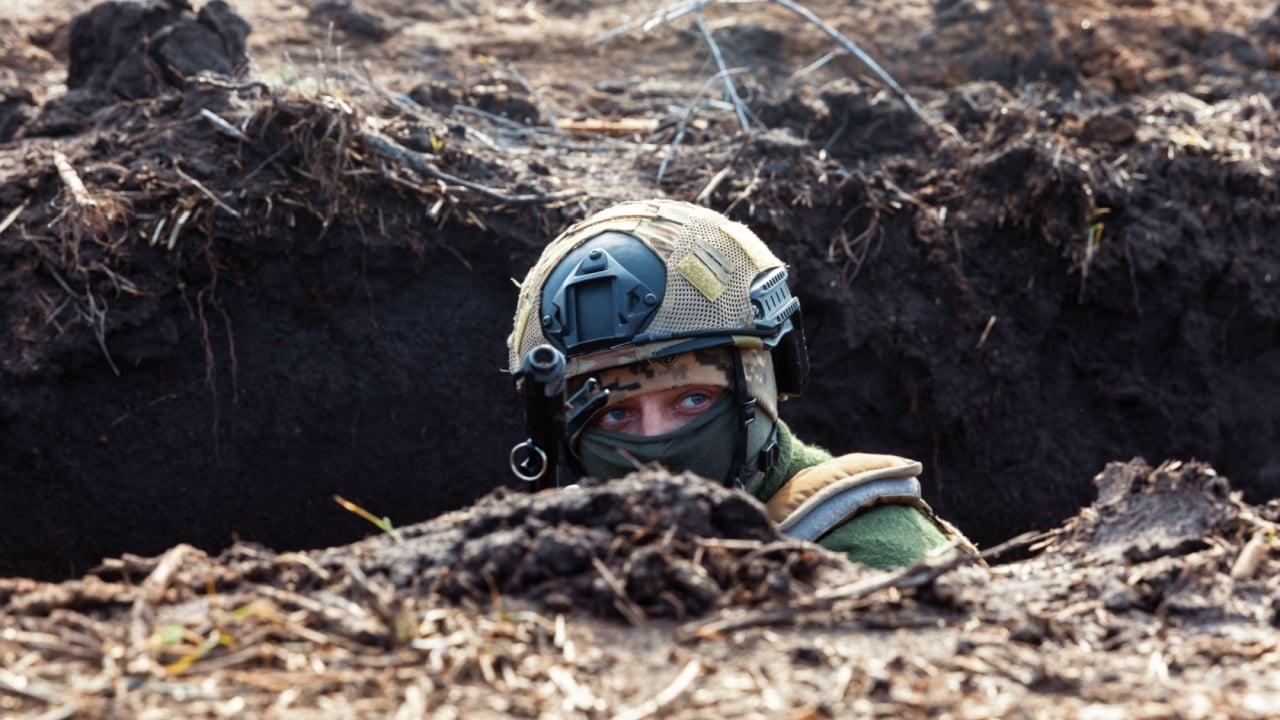Russia’s elite Spetsnaz special operations units have suffered extremely heavy losses that undermine their strategic utility for years to come. The Kremlin deployed Spetsnaz every time conventional Russian forces faced significant resistance. Spetsnaz have appeared in all important battles, including Mariupol, Kherson, Lyman, Kharkiv, Kyiv, and the Donbas. The Russian military has even used Spetsnaz units to attack Ukrainian trenches, a task usually reserved for regular infantry. The heavy attrition suffered by the Russian forces also reached the Spetsnaz: all but one of five Spetsnaz brigades that went to war on February 24, 2022, had suffered significant losses by late summer 2022
Russia's Spetsnaz special operations forces, among the most elite military units in Russia, have been severely impacted in Ukraine. Initially tasked with high-stakes missions, including decapitation strikes on Ukrainian leadership, Spetsnaz units have faced devastating losses, especially during Ukraine’s 2022 counteroffensives.
-According to Pentagon leaks and BBC reports, several Spetsnaz brigades have been reduced to fractions of their initial strength.
-As elite forces are irreplaceable on short timelines, Moscow may need up to a decade to rebuild Spetsnaz to pre-war capacity, marking a critical setback for Russia’s strategic special operations capabilities against near-peer adversaries.
War in Ukraine: The Heavy Toll on Russia’s Spetsnaz Commandos
Since the opening hours of the large-scale invasion of Ukraine, Russia’s elite Spetsnaz special operations units have been on the front of the fighting. Much like the rest of the Russian military, their performance has varied. They have also suffered extremely heavy losses that undermine their strategic utility for years to come. Nonetheless, Spetsnaz units remain Moscow’s go-to force for difficult missions.
Russia’s Elite Soldiers
Spetsnaz, an abbreviation of “special purposes forces” in Russian, is a term that describes the specialized units of the Russian military, law enforcement, and intelligence services.
The term dates before World War One but it wasn’t until after World War Two that Stalin created the first official Spetsnaz units.
The original Spetsnaz units were part of the Russian Chief Intelligence Office (GRU) and Federal Security Service (FSB). Today, several Spetsnaz units provide the Russian military and law enforcement with specialized troops.
When it comes to mission sets, Spetsnaz units specialize in direct action, strategic reconnaissance, and unconventional warfare. They usually have the best weapons and equipment in the entire Russian armed forces.
In terms of training, all Spetsnaz units are airborne qualified in static-line parachuting, but only the most elite are free-fall qualified and can conduct jumps from very high altitudes.
The GRU and FSB Spetsnaz units are by far the most elite and professional. These are the tier 1 special operations units and are comparable, at least on paper, to the U.S. Army’s Delta Force and Navy’s SEAL Team 6. They specialize in direct action, human intelligence, cyber espionage, sabotage, and assassinations.
Spetsnaz in Ukraine
The war in Ukraine is the largest conflict Russia has found itself in since World War Two. As such, the Kremlin has thrown everything it has into the fight, including its elite Spetsnaz forces.
At the onset of the conflict, the Russian High Command had planned to use its Spetsnaz units to bag an easy victory for the Kremlin. While Russian Airborne Forces (VDV) paratroopers were storming the Hostomel airport next to Kyiv, Spetsnaz commandos were going after Ukrainian President Volodymyr Zelensky and other high-ranking Ukrainian officials.
The Kremlin wanted to decapitate the Ukrainian command and control structure at the most important point of the conflict and create chaos in its adversary. Much like of Moscow’s plans, the attempt to take out Zelensky and the Ukrainian leadership failed.
But, the Russian military was not dissuaded and continued to use its elite Spetsnaz forces in the conflict. Although conventional Russian troops spearheaded the three different invasion prongs: north toward Kyiv; south toward Kherson and Odessa; and west toward Kharkiv, the Kremlin deployed Spetsnaz commandos every time the conventional Russian forces faced significant resistance. Spetsnaz commandos have appeared in all of the important battles, including Mariupol, Kherson, Lyman, Kharkiv, Kyiv, and the Donbas.
However, the heavy attrition suffered by the Russian forces also reached the elite Spetsnaz. In April 2023, a U.S. Air National Guard airman leaked several classified documents. Some of the documents concerned the war in Ukraine and Pentagon’s assessments of the combatants and the course of the conflict. And there were documents about the Spetsnaz units and their casualties in the war.
According to the Pentagon, all but one of five Spetsnaz brigades that went to war on February 24, 2022, had suffered significant losses by late summer 2022. According to the Defense Intelligence Agency’s estimate, one of the separate Spetsnaz brigades in question had only, “125 personnel active out of 900 deployed.”
In military terms, a unit that has lost almost ninety percent of its combat capability is deemed no longer effective and is moved from the line.
Those numbers would only have increased as the Ukrainians launched an extremely successful counteroffensive just a few weeks later, in September 2022, liberating hundreds of square miles of territory in just a few days. During that Ukrainian counteroffensive, the GRU’s Third Guards Spetsnaz Brigade, one of Russia’s most elite units, was caught in the retreat and had to fight a defensive action in the town of Lyman.
It didn’t go well.
A subsequent report by the BBC assessed that the Spetsnaz unit lost up to seventy-five percent of its men.
The Russian military is even using Spetsnaz units to attack Ukrainian trenches, a task usually reserved for regular infantry.
Although we don’t have more up-to-date figures concerning Spetsnaz losses after the summer of 2022, the extremely heavy losses suffered by the entire Russian forces suggest that Spetsnaz special operations units have continued to take significant losses. Overall, the Russian forces have lost almost 700,000 men in the fighting thus far and casualties continue to pill up every day at an alarming speed, over the weekend, Moscow lost an average of 1,600 men each day. And although the Russian military can replenish losses in conventional units easily, that is not the case with Spetsnaz special operations units.
The Strategic Effect
One of the main differences between special operations and conventional units is the training and qualifications of their troops. For example, a U.S. Air Force Pararescueman requires around two years of advanced training before they join an operational unit. Other units have similar lengthy selection and assessment pipelines.
The level of casualties suffered by the Russian special operations units will leave a strategic capability gap. Moscow won’t be able to recreate the capability anytime soon. Indeed, in the leaked classified documents, the Pentagon estimated that it would take Russia up to ten years to reconstitute its special operations capability. And that assessment referred to casualty figures more than two years ago.
There are two pertinent adages from the U.S. special operations community that say, “Special Operations Forces cannot be mass produced” and “Competent Special Operations Forces cannot be created after emergencies occur.”
Russia might try to recreate its Spetsnaz units, but it will take a lot more than just numbers to recreate a strategic special operations capability that can used against near-peer adversaries.





















0 comments:
Post a Comment